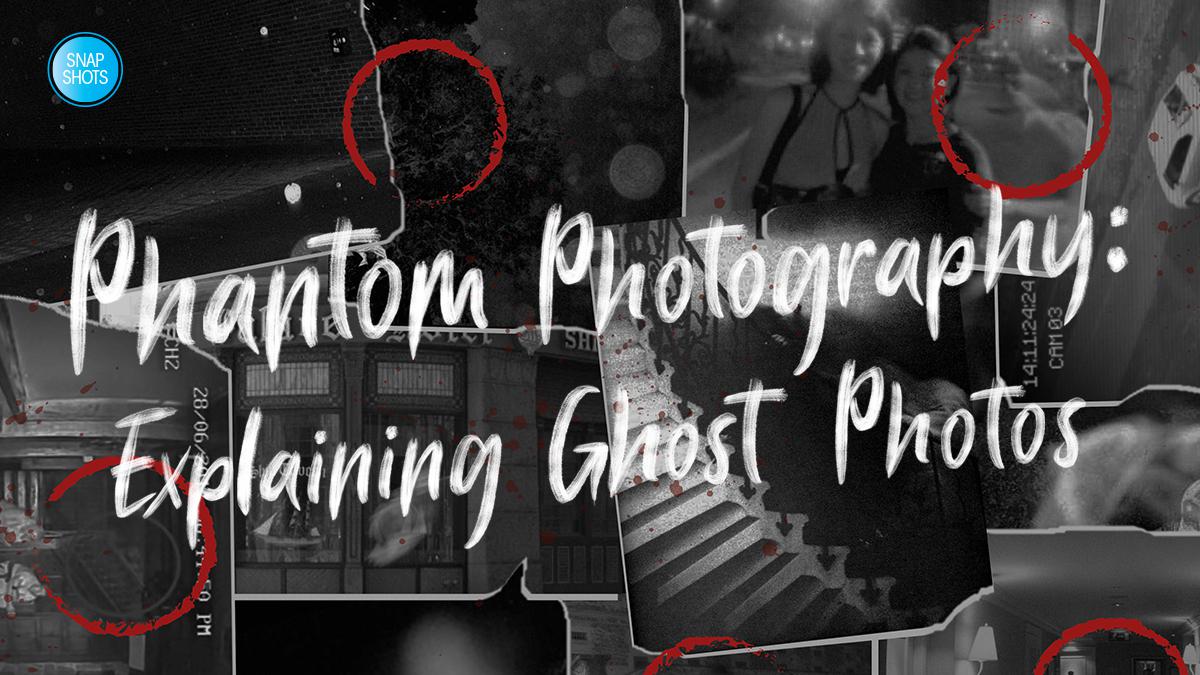The end of October is often associated with ghouls, ghosts, and other ghastly creatures thanks to generations of Halloween traditions. We see photos of ghosts surface almost everywhere you look. While some are difficult to explain, there are some common explanations for some spooky photos.
Orbs
One of the most common “paranormal” phenomena in pictures is a ghostly orb floating around in the shot. The glowing balls of light are attributed as the manifestation of spirits, or at least their energy.
The reasonable explanation for these orbs is backscatter. Backscatter occurs when light is reflected off water droplets and dust in the frame. Often times this can occur from the flash of the camera, which is why they suddenly appear on the preview of the photo.
Another explanation for orbs are insects and dust. Insects can emit a slight glow in infrared cameras, dust passing before the camera are also mistaken as orbs mainly due to infrared light bouncing off of them.
Aside from dust and insects, car lights, street lamps, and other sources of lights can also be mistaken as orbs, especially when you are shooting in a rural area. Another source of light in rural areas are animal eyes that you might not realize are in the frame.
Mist
Mist in photographs is sometimes credited as the visual manifestation of a spirit. However several things can also be mistaken for a misty haze. One example of this is your breath, especially on a cold and chilly night.The warmth of our breaths can create mist when we exhale which can then be captured by the camera and be mistaken for mist coming out of the void.
Shadows and Figures
The most compelling photographic evidence for ghosts usually involves whole apparitions and shadowy figures. The most common explanation for figures is that there really was a physical figure in the shot. This usually happens when shooting near places with heavy foot traffic. In cases like abandoned buildings, squatters might be roaming, looking for a place to stay for the night.
Another common case of figure or rather not of is Pareidolia. Pareidolia is the phenomenon when our brains recognize a face even though there really is none. Pareidolia is a type of apophenia, the human tendency to find patterns in all things.
One of the less common explanations for these figures involves your camera’s exposure setting. Long exposure and movement don’t mix, which is why there’s bound to be a blurry figure when somebody moves in front of a camera taking a long exposure shot. That is why most paranormal investigators avoid long exposure photography as much as possible to avoid such incidents.
Aside from long exposure times, older cameras especially film cameras have a multiple exposure function. Film cameras can snap multiple shots on a single frame. This usually results in a picture superimposed onto another making for some spooky results.
Lastly, there are now apps dedicated to ‘insert’ ghosts in your photos. While this is not a harmful prank, it does question all other ghostly photographs circulating on the Internet.
The question, “Are ghosts real?” cannot be answered by mere photographs. Experts in the paranormal would argue that photos are a great source of evidence, but should not be the sole source of evidence. So the next time you see a picture of a ‘ghost’ in your timeline take it with a grain of salt.
Updated; first published in GADGETS MAGAZINE October 2019 Issue
Words by Gabriel Pe
